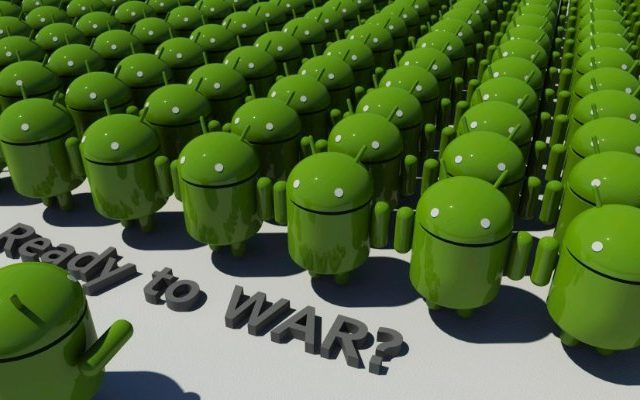Since Steve Jobs’ version of Macintosh – the one that was ‘the computer for the rest of us‘, to today’s iPhone7, hardware devices are the strategy and cloud is a tactic at Apple. They build beautiful, pricey hardware around which a unified, controlled garden of ecosystem runs on cloud such as iTunes, Music and App store seamlessly. Google has been the antithesis of this philosophy, for Google cloud is the strategy and devices are tactics. Their revenues flood in from the likes of cloud powered products such as Search and YouTube and the devices on which it runs are a series of tactic, of which, the nitty gritties are mostly handled by OEMs like Samsung and LG. But, that has all changed for good with the launch of hardware from the house of Google – Pixel phones and Google Home.
Sundar Pichai’s keynote on October 4 clearly articulated how computing has evolved from PC to mobile and how it is headed towards being A.I. powered. The hardware devices launched by Google are the beads of pearl strung together by their A.I. powered technology running on clouds, which has to learn about every user, every minute to ambitiously give ‘a personal Google for everyone’ experience, which aims to get things done in real life.
But, it will not function the way Google imagines until they can control the hardware on which it runs – there is snowflake’s chance in furnace for Google Assistant and ambitious A.I. products like Allo messenger to run on devices manufactured by competition like Amazon Alexa. If Google has to succeed in making their A.I. dreams come true, then they do not just have to outgrow the dependency on third party device makers, but must also have direct play in hardware to fend off competition and stay alive in what is coming – the A.I. wars.
Launching a series of hardware is a tectonic shift in Sundar’s Google, a company who otherwise open up their technology as much as possible for developers and OEMs to innovate openly and build independently. Their mobile OS Android is an open source software, their annual developer conference is befittingly called as I/O, which stand for innovation in the open (nope, not input/output) and for the last three years at Google I/O conference, Sundar has ended the keynote by saying, “we are excited to see what you will build”; The potency of that statement is getting diluted when they build their own hardware. Developers and press will probably retort to Google next year saying, we are excited to see what hardware Google will build and launch this year!
Beside the osmosis of changing tactics into strategy, Google has been constantly trying to make the search results as infamous as possible by calling them as ‘just those blue links’. First they introduced knowledge graph a few years ago, now the A.I. agenda; all of which to self-disrupt and reinvent a space where they can be market leader. Subtle taunt is a good way to make planned obsolesce happen to technology, we all know how it feels to have an iPhone6 when iPhone7 is launched, the same effect is what Google probably wishes for the blue coloured search results to happen – they want people to move on, try voice search, and better get habituated with it.
As of May 2016, they said nearly 20% of search is voice based. Google Home devices does not even have a display screen to show search results, it is completely voice controlled and outcome of users inputs are actions like turn on music, book a table, etc., and not mere listing of information as blue links that we typically see in a search page. Their video teaser that ran before the Pixel phone phone announcement sums it all up pretty well – the ubiquitous horizontal Google search bar morphs into a portrait screen resembling a smartphone screen.
Google turned eighteen last month and now have a vision beyond the horizon, an ambition to power the world with A.I. and are equipped with a range of hardware devices to do so- we can say surely say they have come of age. Happy birthday Google! Maybe you will change the world, one Pixel at a time.
Sreeraman Thiagarajan is Vice President at Publicis Beehive.
Views expressed are personal. He tweets at @sree_raman
Article by channel:
Everything you need to know about Digital Transformation
The best articles, news and events direct to your inbox






